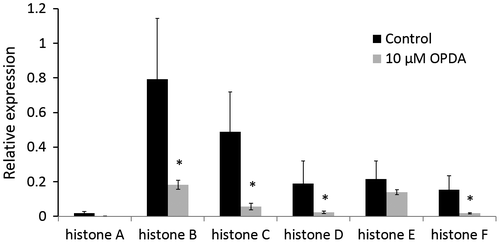Figures & data
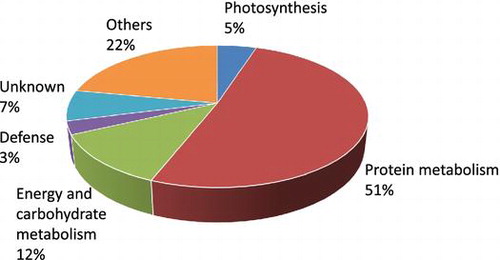
Fig. 1. Effects of OPDA on protonema prolongation in P. patens.
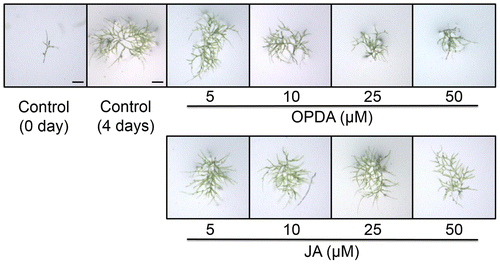
Fig. 2. Accumulation of OPDA in P. patens protonemata after mechanical stress.
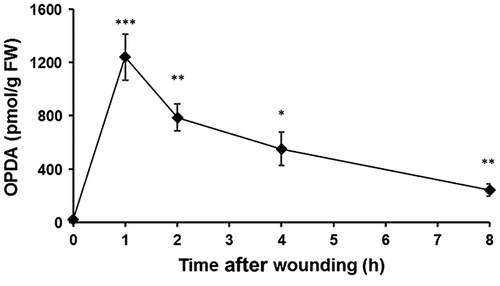
Table 1. Proteins identified as responsive to OPDA in P. patens protonemata.
Fig. 3. Comparison of proteins changed in gametophore and protonema.
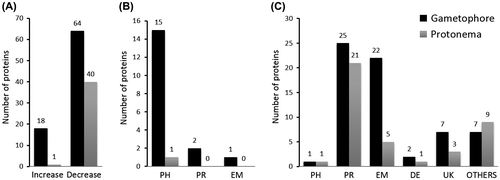
Fig. 4. Relative expression of histone genes by qRT-PCR.
